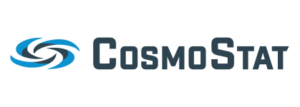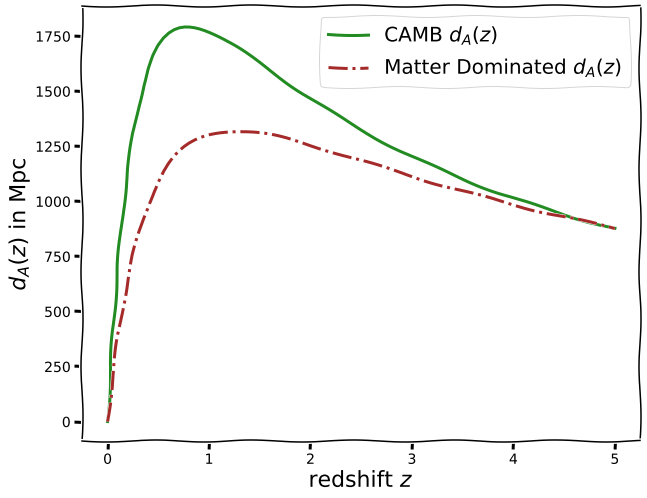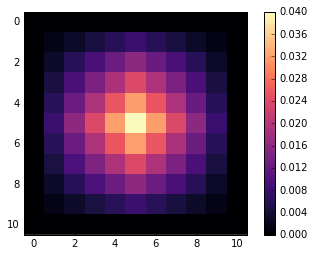CosmoStat is committed to the philosophy of reproducible research, endeavouring to provide source code and data for all publications. In this spirit, we have additionally put significant effort into providing useful educational materials. The aim being to provide other researchers with an in-depth understanding of the various tools we use in our work.
Tutorials can be found on the CosmoStat:










